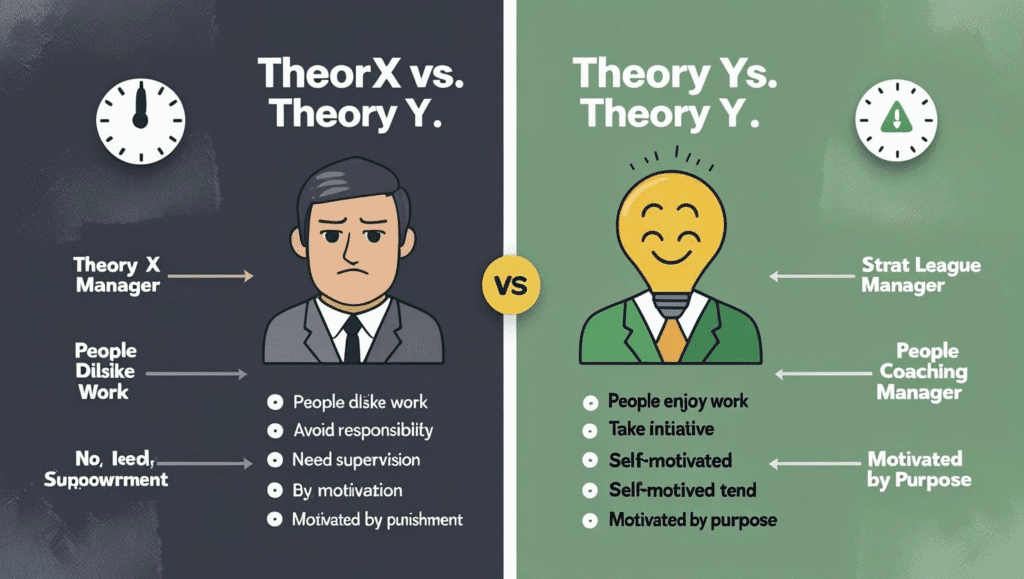Line and Staff Authority: Structuring a Formal Organization
As of July 2025, for any thriving organization in Bangladesh—from a major bank in Gulshan to an RMG exporter in Savar—a clearly defined structure is paramount for success. This structure is built upon relationships of authority. The two fundamental types, Line Authority and Staff Authority, form the backbone and nervous system of a formal organization, dictating how decisions are made, how work is delegated, and ultimately, how objectives are achieved.
Defining the Core Concepts
Understanding these two types of authority is the first step in comprehending any organizational chart.
Line Authority
Line authority is the direct, formal authority that flows vertically down the chain of command. It is the right to give orders, make decisions, and take action related to the primary objectives of the organization. Think of it as the direct line from the CEO to the front-line worker responsible for creating the product or delivering the service.
Example in Dhaka: In a branch of City Bank, the Branch Manager has line authority over the loan officers and tellers. Their work directly contributes to the bank’s core business of lending and transactions.
Staff Authority
Staff authority is the right to advise, assist, and counsel line managers in areas of specialized knowledge. It does not grant the power to command. Staff departments provide expert support that enables the line departments to function more effectively. They are advisors, not commanders.
Example in Dhaka: In a large telecommunications company like Grameenphone, the Legal Department has staff authority. The company’s lawyers can advise the Marketing Director on advertising regulations, but they cannot command the marketing team to launch a specific campaign.
Key Differences: Line vs. Staff Authority
The distinction between line and staff authority becomes crystal clear when their core attributes are compared side-by-side.
| Basis of Difference | Line Authority | Staff Authority |
|---|---|---|
| Nature of Role | To Command & Execute | To Advise & Support |
| Goal Contribution | Directly achieves organizational goals (e.g., production, sales). | Indirectly supports the achievement of goals. |
| Chain of Command | Forms the main vertical chain of command. | Operates outside the primary chain of command. |
| Decision Making | Makes the core operating decisions. | Assists line managers with information for decision making. |
| Accountability | Accountable for the operational results and profitability. | Accountable for the quality and accuracy of their advice. |
| Relationship | A direct superior-subordinate relationship. | An advisory, consultative relationship with line departments. |
The Inevitable Conflict Between Line and Staff
A common challenge in many organizations is the friction between line and staff departments. This often arises from:
- Perceived Encroachment: Line managers may feel that staff specialists are overstepping their advisory role and trying to command them.
- Ignored Expertise: Staff specialists can become frustrated when line managers, who are focused on immediate operational needs, ignore their well-researched advice.
- Lack of Accountability: Line managers are responsible for the results, but may feel they are being forced to follow advice from staff who do not share the same level of accountability for the outcome.
Solution: Successful organizations mitigate this conflict by fostering mutual respect, creating clear charters that define the roles and responsibilities of each department, and encouraging collaboration through cross-functional teams.
Conclusion: A Symbiotic Relationship for Success
In the complex business environment of 2025, neither line nor staff authority can be effective in isolation. A strong organization requires the decisive, action-oriented authority of its line managers to drive results. Simultaneously, it needs the specialized knowledge, analysis, and guidance of its staff departments to navigate complexities like regulation, technology, and human resource management. The ideal structure is not one where line commands and staff obeys, but one where both collaborate in a symbiotic relationship to achieve the organization’s strategic objectives.

